Just like every other game, billiard also requires the right practices, and following these, can only make you a better player.
As the pool cue is the primary tool for the player, it is of most importance to know how to hold it accurately because only the right holding technique can eventually improve your gameplay, and you can hit the “Winning Shot.”
Now some factors do matter for the improvement of your gameplay. The first thing first is to choose a good pool cue with a suitable weight for you.
Keep in mind that a shot with a perfect force can make a difference, but the importance of knowing how to hold your cue cannot be overruled.
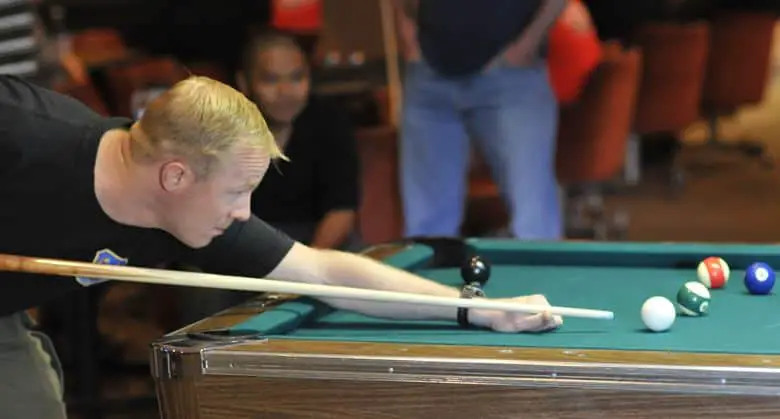
How to Hold a Pool Cue Sticks
Every pool player wants to be perfect in this game, but this requires regular practice and adopting the right playing techniques. In this article, you will learn how to gain the skills you need to hook your opponent quickly.
Good stance
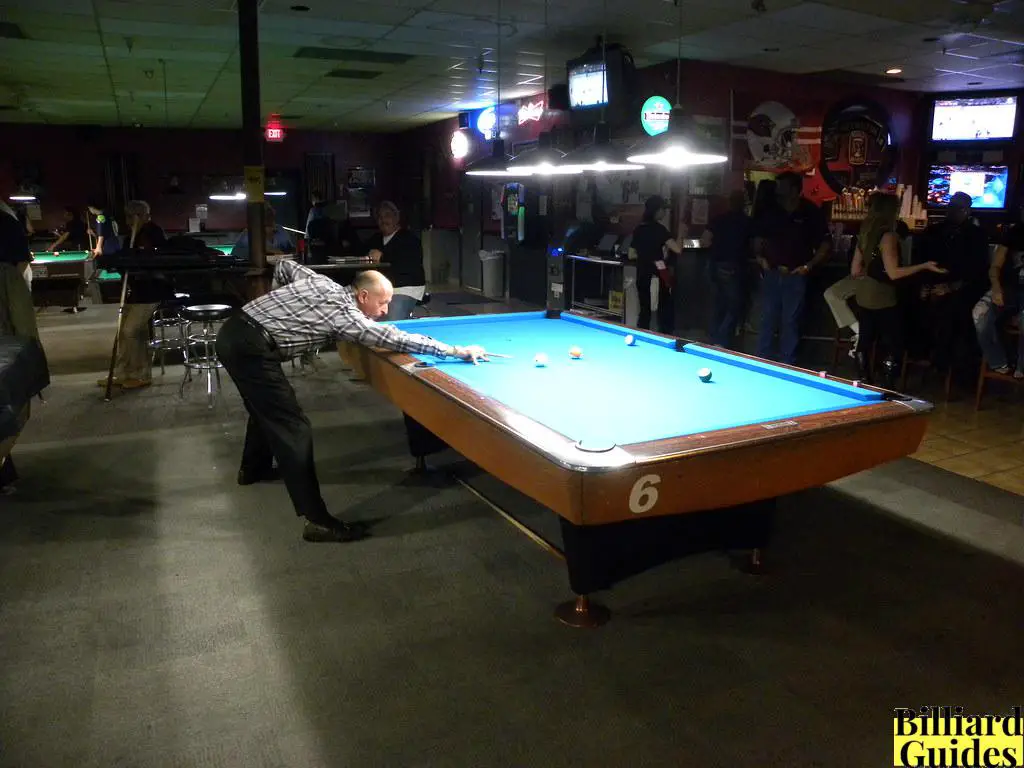
Your hold on the pool cue primarily depends on your stand while hitting a shot, as proper stance technique provides stability. Other aspects, such as perfect foot placement, body position, and visual alignment, are also important. The following recommended guide for correct stance may not suit every player due to their height or gender, or the placement of the pool table but most top players follow it, and you need to work, which is best for you. So let’s start

- Be comfortable and do not stand upright as you will not be able to see the cue ball accurately.
- Put the majority of your weight onto your left foot for the right-hander and have the cue running over directly over the right foot.
- Make sure that both feet are not too apart nor too close. It is recommended that both feet should be shoulder-width apart.
- Step forward and stand near the table but not too close so that it doesn’t interfere with the shot. You can hit the shot more precisely if you are closer to the cue ball.
- Raise the pool cue at the hip level. Lower yourself on the table so that you have room for a complete stroke back and through.
- Make sure that the cue stick should be directly below your chin during a stroke.
- As accuracy is the fundamental requirement of the pool game, you must remain as still as possible.
Forming a Bridge
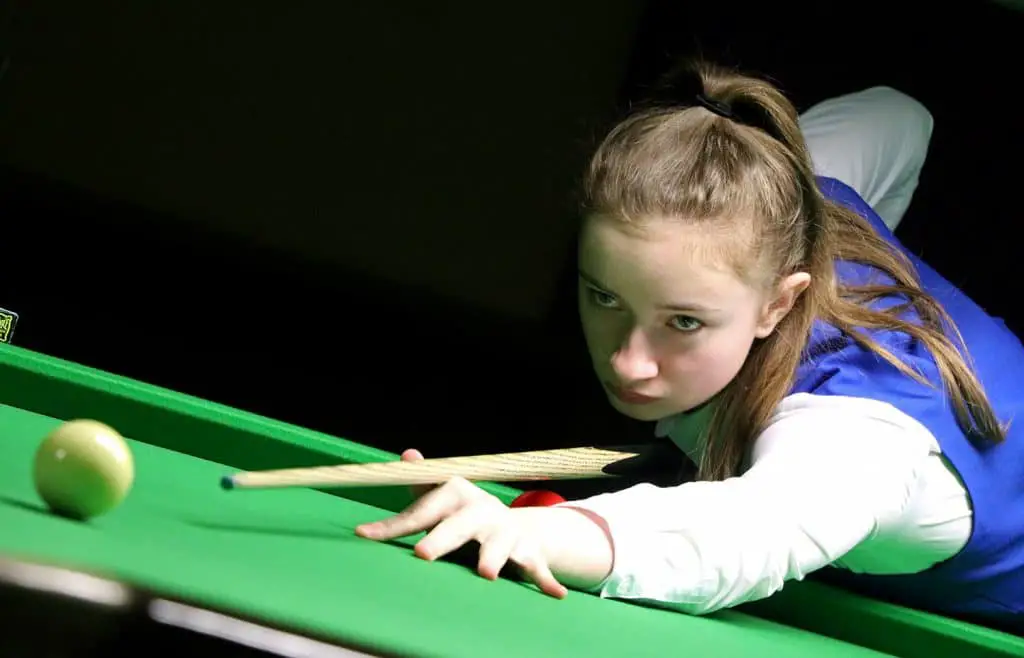
The bridge provides the line of aim and stability for the cue. This critical aspect is often ignored, especially by young players. Form the bridges with one of your hands depending upon whether you are left or the right-hand player. In this case, we are talking about the right-hand player. Although forming an accurate bridge is the hardest thing, but it improves your accuracy, and it all depends on your expertise.
- In the pool, two types of hand bridges are very common to open and close hand bridges.
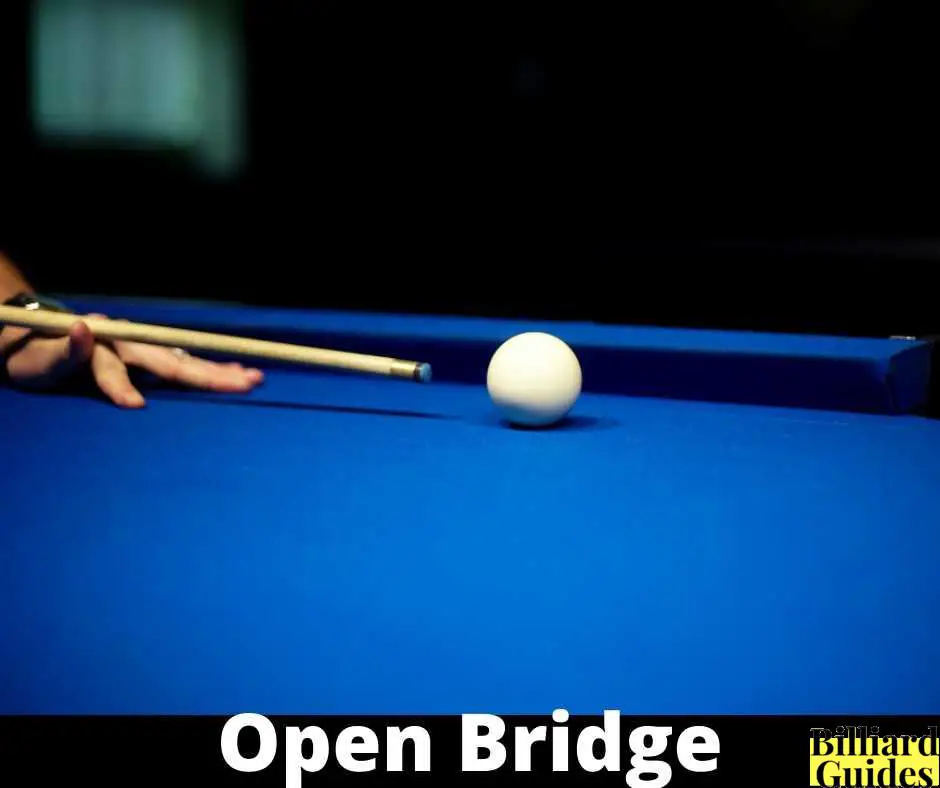
- For the open hand bridge, put the palm of your left-hand flat on the table, spread the fingers nice and wide, and then drag the knuckles up to form the strong base. And make sure it is not elevated as raising the pool cue even slightly can change the direction of your shot.
- Press your thumb against the base of your index finger pointing upwards, forming a V channel so that you can guide the shaft of the cue through.
- Keep in mind that if your thumb is not involved in forming the proper V shape, the cue will be flopping around, and you may miss a shot.
- Using this open hand bridge, you can also see the cue ball clearly and it is easy than a close hand bridge.
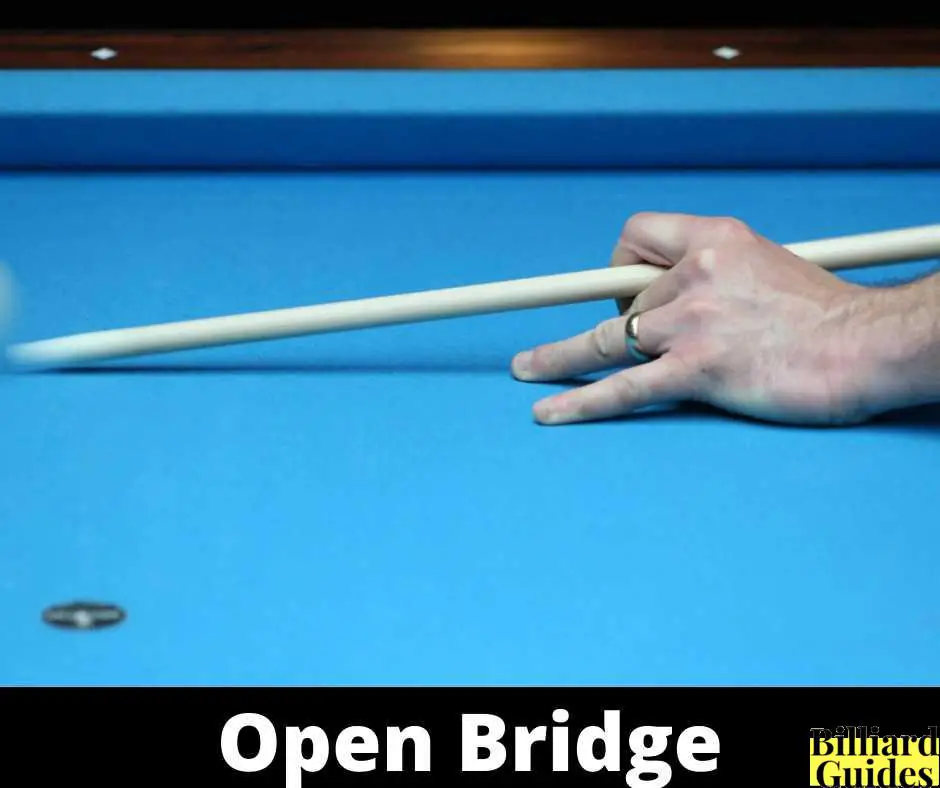
- To make the close hand bridge, place your hand on the table and move your thumb against your middle finger.
- Then place your index finger on your middle finger to form the V-shape. As compared to the open hand bridge, close hand bridge provides more firmness.
Keep the hand approximately 6 to 8 inches right behind the targeted cue ball.
Grip
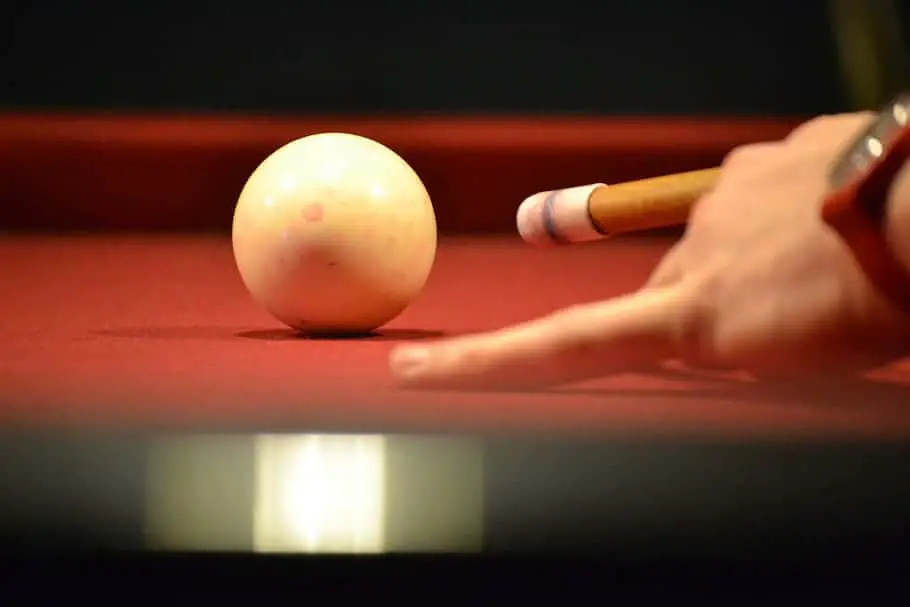
The grip delivers the cue to the cue ball and provides control. Always hold your pool cue in a relaxed mood yet controlled.
- After forming the perfect bridge, firmly grip the bottom part of a pool cue using your right-hand thumb and index finger, a few inches away from the rubber part.
- Adjust the cue for holding it at your waist level carefully, Keep the wrist straight and in line with the forearm.
- Lower your upper body towards the table and bend your legs a little. Do not keep them very straight so that you line up with the cue ball.
Practice moving the cue multiple times before taking the shot. - To have a straight and powerful shot, grip the butt of the cue with light force.
- Applying too much force to the pool cue can cause the cue ball to wobble and change the direction of your shot. So you have to use the perfect amount of power to achieve the desired outcome.
- Keep your grip relaxed during the entire hit.
- Remember, an excellent grip, a good bridge, and a nice stance is a unique position to play all the shots.
.
Conclusion
Most of the new players do not know how to hold the pool cue correctly; consequently, they cannot gain the skill to hit an accurate shot. It is therefore deemed appropriate to learn these basic tactics.
Maybe you feel tedious practicing these technical aspects of the pool game, yet learning proper gameplay techniques can improve your accuracy and make you a professional and winning player.
You don’t have to worry about not making an ideal hold. It may take a few weeks to get the desired results, but practicing correct
techniques of bridge forming, grip, and hitting the stroke with appropriate force will make a difference.
If you’re looking for some articles to read, here is a list of our favorites.
Best Pool Table Lights: Top 10 Picks for 2021
Best Pool Cue for Beginners: Our Top 10 Picks
Best Pool Table Lights with Ceiling Fan: Our Top 10 Winners in Market
Best Pool Tables: Our Top 9 Picks of 2022
How to Aim in Pool – 7 Steps to be a Master
How to Clean Billiard Balls at Home